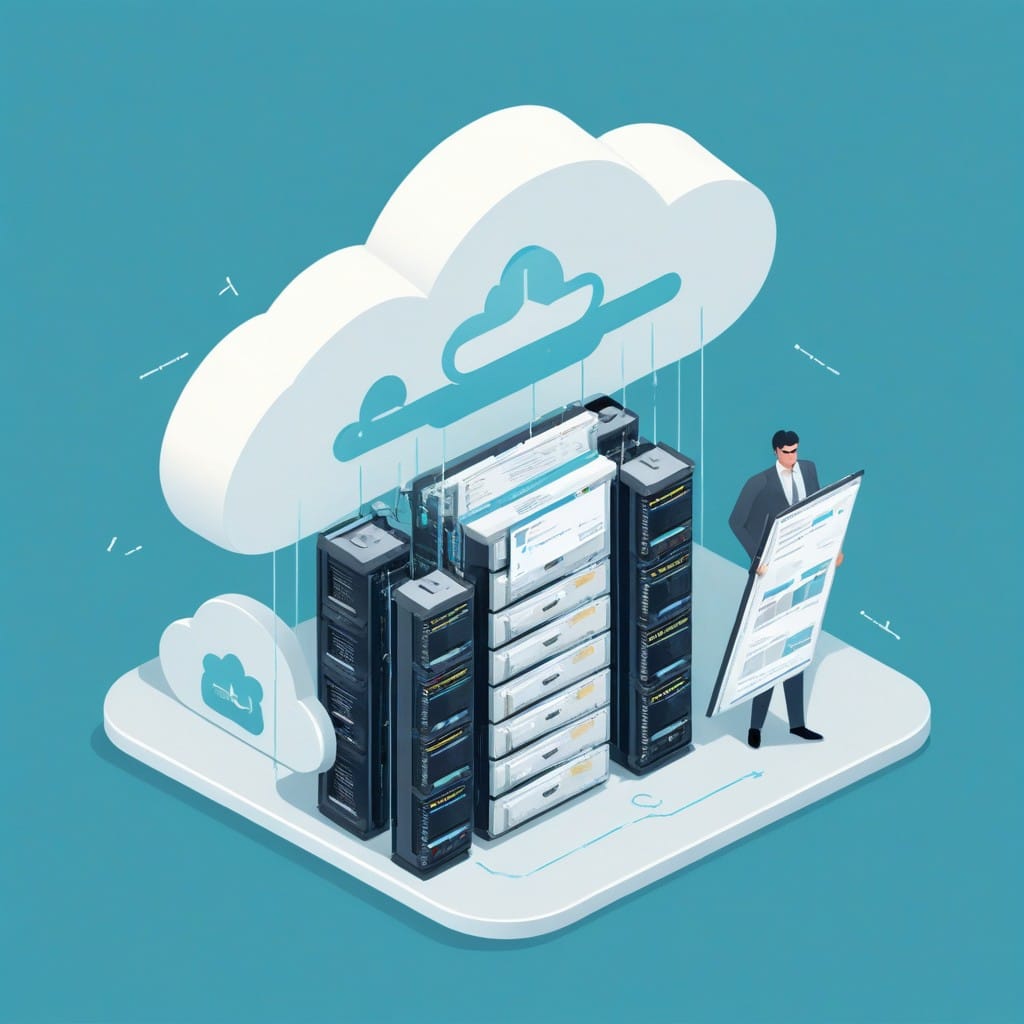Automating Cloud Backups in n8n for Seamless Data Protection

In today’s digital landscape, data is the lifeblood of businesses and individuals alike. Losing critical files due to hardware failure, human error, or cyber threats can be catastrophic. While cloud storage offers a secure way to store data, manually backing up files is time-consuming and prone to oversight. Enter n8n, a powerful workflow automation tool that can automate cloud backups, ensuring your data is always protected without lifting a finger.
In this guide, we’ll explore how to set up automated cloud backups in n8n, covering key steps, best practices, and real-world use cases.
Why Automate Cloud Backups with n8n?
Manual backups are inefficient and unreliable. Automating the process with n8n provides several advantages:
- Consistency: Scheduled backups ensure no files are missed.
- Time Savings: Eliminates repetitive manual tasks.
- Error Reduction: Minimizes human oversight.
- Cross-Platform Support: Works with Google Drive, Dropbox, AWS S3, and more.
n8n’s visual workflow editor makes it easy to design backup automations, even for non-developers.
Step-by-Step: Automating Cloud Backups in n8n
1. Set Up Your n8n Instance
Before creating workflows, ensure you have n8n running. You can:
- Use the n8n cloud service.
- Self-host via Docker or npm.
2. Choose Your Cloud Storage Provider
n8n integrates with multiple cloud services. For this example, we’ll use Google Drive, but the process is similar for other platforms.
3. Authenticate n8n with Google Drive
- In n8n, navigate to Credentials and add a new Google Drive OAuth2 API credential.
- Follow Google’s OAuth2 setup guide to generate
Client IDandClient Secret. - Test the connection to ensure n8n can access your Drive.
4. Create a Backup Workflow
Here’s a simple workflow to automatically back up files from a local folder to Google Drive:
Trigger Node (Schedule)
- Use the Schedule Trigger node to run backups daily or weekly.
- Configure the interval (e.g., every 24 hours).
File Node (Read Files)
- Use the Read File node to fetch files from a specified local directory.
- Set the path (e.g.,
/backups/important-documents).
Google Drive Node (Upload Files)
- Connect to Google Drive using your OAuth2 credentials.
- Use the Upload operation to send files to a designated Drive folder.
Error Handling (Optional)
- Add an Email or Slack node to notify you if the backup fails.
5. Test and Deploy
- Run the workflow manually to verify it works.
- Activate the workflow to automate future backups.
Advanced Backup Strategies
Incremental Backups
Instead of uploading all files each time, use n8n’s Filter node to only process new or modified files.
Multi-Cloud Redundancy
For extra security, duplicate backups across multiple providers (e.g., Google Drive + AWS S3).
Database Backups
Use n8n’s PostgreSQL or MySQL nodes to automate database dumps before uploading to the cloud.
Best Practices for Automated Backups
- Encrypt Sensitive Data: Use tools like GPG before uploading.
- Monitor Storage Limits: Avoid hitting cloud storage caps.
- Regularly Test Restores: Ensure backups are usable when needed.
Real-World Use Cases
- Small Businesses: Automatically back up invoices and client data.
- Developers: Securely store code repositories and configuration files.
- Personal Use: Protect family photos and important documents.
Conclusion
Automating cloud backups in n8n is a game-changer for data protection. By setting up scheduled workflows, you can ensure critical files are securely backed up without manual effort. Whether you’re a business or an individual, leveraging n8n’s automation capabilities provides peace of mind and operational efficiency.
Ready to get started? Spin up an n8n instance and build your first backup workflow today!
Would you like a downloadable n8n workflow template for this setup? Let us know in the comments!



